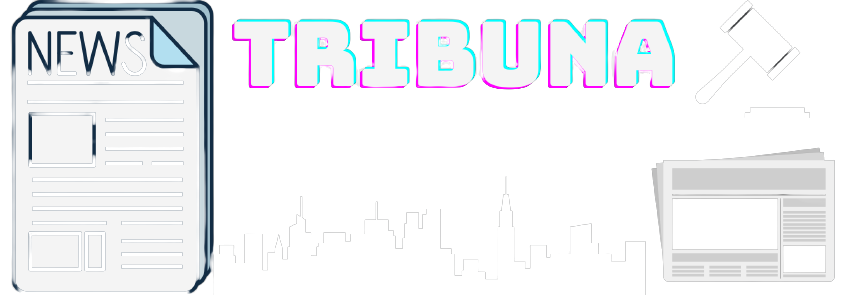Nowadays, the United States and the rest of the world are facing a significant threat: inflation. There has been a lot of discussion in recent months about whether inflation could derail the US economy’s post-pandemic recovery. Inflation is not a new phenomenon, but it can be quite destructive, especially when it is spiraling out of control. In this article, we will discuss the possible consequences of inflation on the US economy and what measures can be taken to mitigate its impact.
Inflation is defined as the rate at which the general level of prices for goods and services is rising, and in the post-pandemic world, inflation has been fueled by several factors. First, the global shortage of goods for production and consumption has led to shortages and higher prices for certain goods like lumber, computer chips, and other essential items. Additionally, the massive expansion of the US economy to confront the coronavirus pandemic has led to a significant increase in the money supply, which has created a demand for goods and services that outpaces the supply, leading to higher prices.
The higher inflation rates have the potential to cause significant problems for the recovery of the US economy, as it can affect essential aspects such as job creation, investment, household incomes, and economic growth. For example, when the prices of essential goods rise, the purchasing power of consumers declines, which can ultimately reduce consumer spending, slowing down the crucial engine of economic growth. Taxing the household budget can lead to postponing purchases, affecting companies’ profitability and potentially leading to decreased job creation and investment.
Another concern is the impact of rising inflation on the financial sector, as increasing prices can lead to higher interest rates, increasing the cost of borrowing money, including mortgages and other loans, and therefore can discourage investment and hinder the growth of the real estate market.
Despite the potential challenges posed by inflation, there are still measures that can be taken to manage its impact on the economy. The first step is to invest in production and restore supply chains to reduce shortages in important commodities and consumer goods. Other measures include monitoring the money supply, adjusting interest rates, and working with the central bank to control the money supply.
In conclusion, the US economy’s recovery post-pandemic remains a risk to inflation. The current rise in prices of goods and services has the potential to pose significant challenges to the growth of the US economy, including limiting the creation of new jobs, and reducing consumer spending. While inflation may be one of the current risks we are facing, taking appropriate steps to manage it can help maintain the economy’s stability and ensure long-term growth. With the right strategies and policies in place, the US economy can continue to grow despite these challenges.
